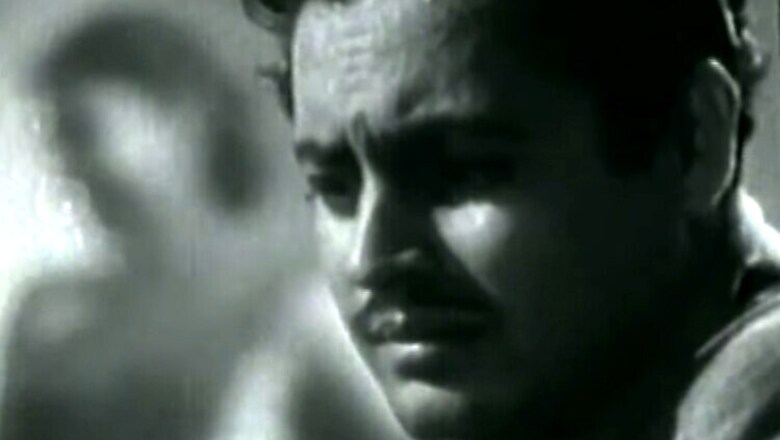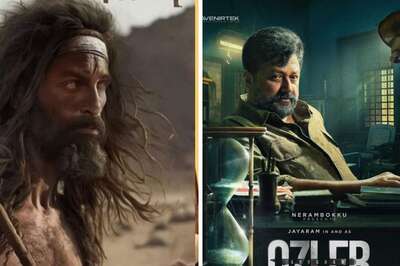
views
Guru Dutt is remembered as the iconic actor and filmmaker of early 50’s in Bollywood. He was one of the most popular commercial actors who had a touch of artistic and lyrical content in his films. Born as Vasanth Kumar Shivashankar Padukone, Guru Dutt had an estranged family and thus a lonely childhood. It is said that because of his lonely and not so normal childhood, Guru Dutt had an inclination towards tragic and sad stories. From 'Kagaz Ke Phool' to 'Saheb, Biwi Aur Ghulam', his every film had a beautifully written sad yet poetic narrative. Interestingly, Despite having enchanting stories, good actors, memorable songs, Guru Dutt’s films never got their dues during its time. They were never big commercial successes, in fact ‘Pyaasa’ and ‘Kagaz ke Phool’ were considered box office flops.
The major reason for this is the fact that most of his films released just after independence. The time when every Indian was engulfed in Nehru’s rosy vision of Golden India; the time when the notion of nationalism was at its peak and people had dreams and hopes like that of a young teenager. Films depicted their dreams, the world they wanted to live in. Guru Dutt presented reality to people at that time. He persuaded the audience to see the other side of promises; he portrayed poverty, unemployment, prostitution in his movies which was too much for a country that was giddy with its new found independence. He made films with sad endings, he told a story with grim reality and audience took it as a threat to their dreams, thus dejected his genius work.
Guru Dutt used symbolism like no other filmmakers of that time. In ‘Pyaasa’ he filmed most of Vijay and Gulaab’s conversation in staircase, symbolizing a hierarchy of love, a greater feeling that was between the two characters. He ridiculed the traditions and norms at that stage when the entire country was just learning to adopt them. He was a visionary who knew where greed and ignorance can take the newly formed ‘nation’. His films’ storyline never succumbed to the traditional notions of things. The female leads in his films were powerful and were given equal screen space in all spheres.
India was creating a superficial notion of nationalism during the 50’s, anything against the new formed society was termed as anti-nationalist or seditious, but despite such hostile environment he used his creativity freely. He always stuck to his side of the story, never cared much about the response and created a vision that would describe Indian society for many more years to come.
There are endless reasons why Guru Dutt is considered as the best film-maker that Bollywood has ever seen and using his freedom of expression and thoughts is one of them. His idea of romance was tragic; he moved away from rose-colored spectacles and always drowned his protagonist in depths of alcohol. His reality was sad and his aspirations were low, there may be reasons why Guru Dutt was not the greatest company to keep at that time but all of his movies are the biggest inspirations for today’s directors, more closely of Anurag Kashyap and Vishal Bharadwaj.
On his 90th birth anniversary we salute a legend and a visionary whose ideas and symbolism have guided film-makers even till now and carved a niche for Bollywood noir films. While the entire nation was humming the songs soaked in false promises and patriotism, Guru Dutt’s ‘Jinhe Naaz hai Hind Pe’ became the anthem for people with rationalist ideologies. Paying a tribute to the filmmaker through this song:




















Comments
0 comment